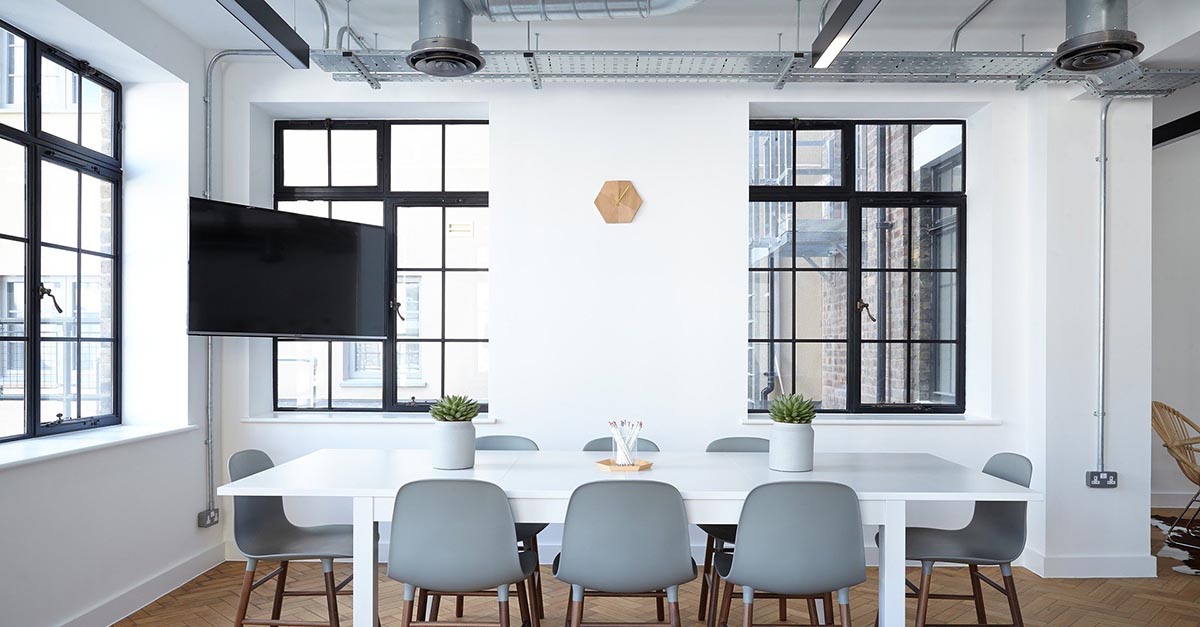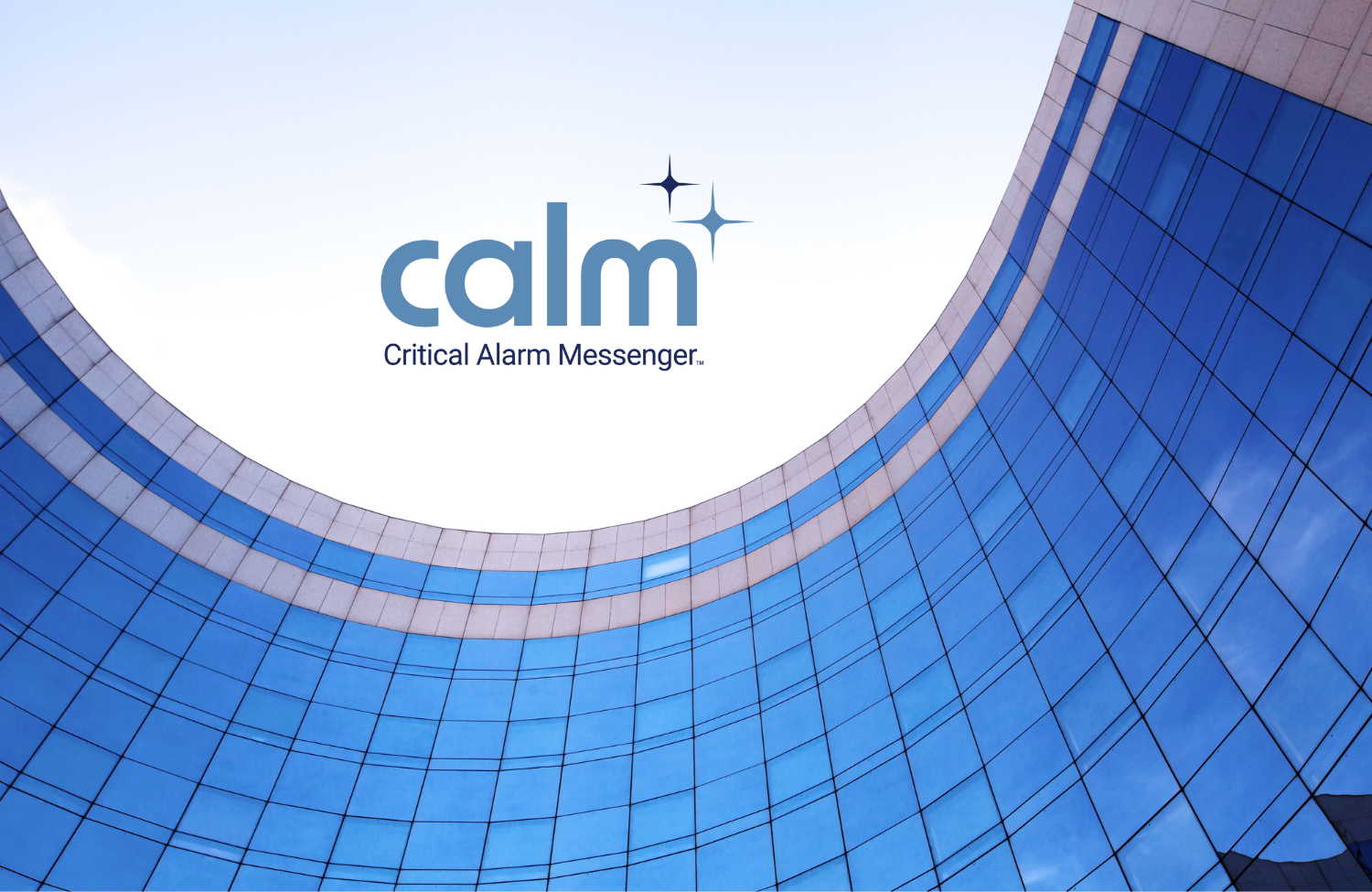The start of Spring brings about a resurgence of the desire to be outdoors. After the lockdowns over the past year, that desire seems stronger than ever. With a major portion of the workforce spending part or all of their workday inside an office building or other indoor workspace, actual time outdoors is limited. In a study called for by the Harvard Business Review, it was reported that access to natural light and views of the outdoors was the number one attribute that occupants wanted in their workspace. If they can’t be outdoors, workers want to see the outdoors. That means building designers need to include more windows in their building designs. But it must be considered that increasing the glass will have a significant impact on building performance.
How to Increase Natural Light
The simplest answer to increasing natural light is to add more windows and skylights. Since glass is not a supportive component, the number and placement of windows must be carefully designed to maintain the integrity of the building. If starting from scratch, designers can shape the building to allow for maximum glass and also orient the building for best exposure to natural light for the building’s location.
Color selection and interior design can complement the natural lighting allowed into a space. The colors used in the décor will also have an impact on the brightness within the space. Light colors on the walls and furniture will reflect the most light and will make the space seem larger.
How to Leverage Lighting Choices
Traditional glass allows maximum light from the sun to pass through. During certain times of the day, a glare can occur due to the orientation of the building and the angle of the sun. Different spaces require different intensities of light. For instance, workspaces and active parts of retail require higher intensity lighting than do washrooms, entrances, and cafeterias.
Calculating for the daylight factor depending on climate will inform whether the requirements needed to mitigate the heat and glare effects will be sustainable to provide the desired natural light. Purposefully planning the orientation of the building and the placement of the windows will capture beneficial natural lighting and minimize glare and other negative factors.
Once the light provided by design elements has been calculated, lighting systems can be selected to provide the levels of light required for different uses of space. A wide variety of energy-efficient bulbs are available in designs and intensity to customize. Lighting can transform a space into a unique and functional reflection of a firm’s branding while still being sustainable.
Some lighting control solutions can block the view of the outdoors. Since this is the most important feature that occupants stress, design should select solutions that manage the glare, allow light and provide a view at appropriate times throughout the day.
Control Light with Shading
The market is flooded with shading solutions that range from simple, mounted solutions that require human manipulation to automated shading incorporated with smart tech into the building management system.
There are three types of daylighting solutions: the louvered system, electrochromic glass and interior solar shades. Louvered systems include exterior and interior systems. Exterior systems are custom designed for each project and can be costly. Interior systems are more popular and more economical.
Electrochromic Glass is electronically tinted glass that can adjust to provide increased light-blocking during times of intense glare and can adjust back to allow maximum light through. The tinting does not obstruct the view and can be a good solution when that is a priority.
Interior solar shades are woven fabric that allow a certain level of solar penetration but manages it to an acceptable level.
Shading solutions must be evaluated for their different levels of effectiveness compared with space usage and lighting intensity required.
A building must be designed to protect occupants from the most powerful yet beneficial energy source on the planet, the sun, while also tapping into the valuable energy and light the sun provides in the most economical way. Yes, daylighting design is challenging but done well can have a major impact on the successful performance of a building from a management aspect and from an occupant perspective. An energy expert like Albireo Energy can use their varied toolbox to inform decision-making around daylighting design for existing projects and new construction. Since lighting is a large portion of energy use in buildings, daylighting design can have a significant impact on the energy budget.







